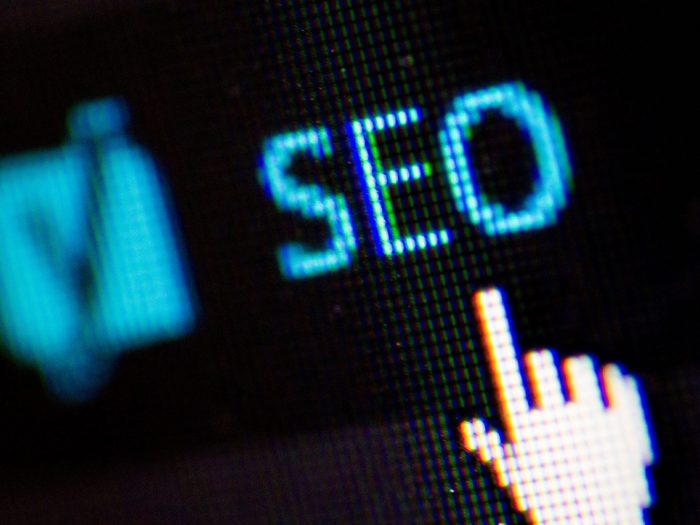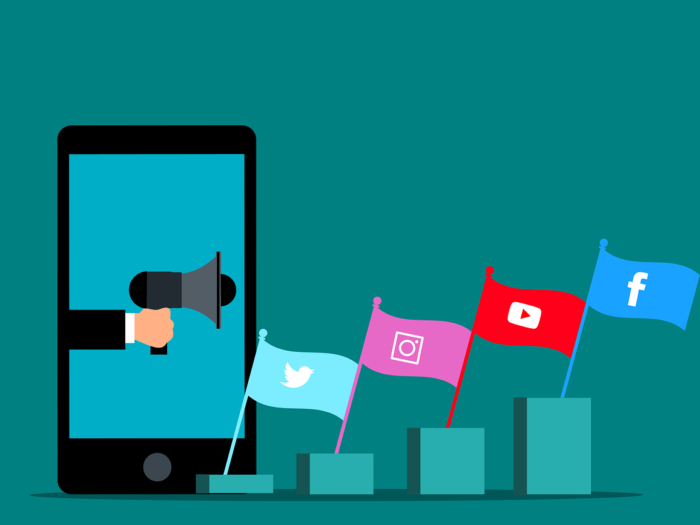Have you ever wondered why Burger King and other fast food brands have a splash of red and yellow? Whenever you drive past these fast food restaurants and see the splash of color, there’s always that tingle that prompts you to grab a bite – even if you have no clear appetite or plan for food. Similarly, the color green on food products in stores tends to sell the idea that they’re “natural” and rich in nutrients. It all boils down to the fact that color plays an important role in the way your brand is perceived. The splash of red and yellow will make you feel “hungry,” green makes you feel “natural and eco-friendly,” and when you have an array of essential colors like Google, then you’re unconsciously being told that the brand “has all you may need.”
What is Color Psychology in Branding?
Different colors elicit different reactions in the human mind, and it’s up to you, as a brand owner, to understand these reactions in a way that’ll benefit your brand. Color psychology basically studies how colors affect human perception of objects around them. For instance, red is typically associated with danger and hotness.
When you, as a brand owner, clearly understand how the human mind interprets colors in relation to any object, you can now artfully promote your brand by using the right colors. The right colors, in this case, refer to colors that resonate with your brand goals, products, and services and align with the preexisting human perception of said colors. So, if you’re running a fast food brand, your brand colors would typically revolve around red and yellow. This way, you’ll elicit the sense of “hot, cooked and ready-to-eat food” and “urgency to satisfy hunger.”
Why is Color Psychology Important in Branding?
According to a study on the impact of color on marketing, researchers discovered that 90% of consumers make quick judgments on products just by their colors alone. If the color doesn’t strike a chord, they automatically discard the product and look for something else. While color isn’t a proof of quality, it spells the message of “judging a book by its cover.” If the color isn’t attractive or convincing enough, then there’s no point in reading the label.
The reason why colors are so powerful in determining the action of consumers is that colors stir up human emotions. You feel “fresh” when you see green, “hot” when you see red, “cool when you see blue, “clear” when you see yellow, and “superior” when you see black. So, if your brand uses colors that align with the mind’s perception of colors, your products will draw more attention and gain sales. But if you go against the current by using a brand color that’s starkly different from the human mind’s perception of colors, you’ll lose. Poor color choice ultimately ruins your brand image. Either your contents and logo are illegible, or your products are outrightly ignored for not being “attractive.”
Choosing the right colors for your brand isn’t just about standing out – it’s about connecting with your market audience. By choosing the right colors, you get to control the narrative and influence potential customers’ decisions while making it seem as though they’re acting or deciding independently.
5 Color Psychology in Branding You Should Know
Five major colors are used in branding and marketing. These colors serve as the bedrock for other divergent colors, and it’s easy to convey strong emotions using these colors. Here are the five major colors and their interpretations in branding:
· Red
Red is a bold color that draws attention. It’s typically associated with danger, hotness, passion, excitement, and a burst of energy. It’s often used in marketing as a sense of urgency. For instance, you’ll see “newsflash” colored red to signify a hot, exciting, and urgent gist. Also, CTA buttons like “order now” are often colored in red to elicit immediate action. YouTube, Netflix, and Coca-Cola are some of the top brands using red as a brand color.
· Yellow
Yellow evokes a bright or optimistic feeling, much like the thrill of sunshine on a gloomy day. Yellow elicits happiness and also a sense of warning. As such, yellow is often used as a brand color to communicate friendliness and happiness. Brands like Ikea, Snapchat, and Ferrari use yellow as a brand color to communicate the happiness and thrill of luxury, affordable shopping, and creating memories online. Yellow can also send out alerts about discounts and special offers, boosting sales.
· Green
Green is typically associated with growth, wellness, and nature. When you see green, your mind automatically goes towards “nature and freshness.” At a time when many are conscious about eco-friendly options, green can easily connect with such minds. Although green is typically associated with agricultural brands, it could also be used for financial management or e-commerce branding. Shopify, for instance, sells a message of “growing your online store” by using green as its brand color.
· Blue
Most tech brands use blue as their brand color, and there’s a great reason for that. Blue is often associated with stability, trust, progress, and calm. As a certification of trust and quality, most brands online use a signature blue icon. Customers are subconsciously told that they can rely on such brands. Blue also depicts “coolness,” which is great for making customers feel as though they’re trendy and classy. Some of the top brands that use blue as their brand color are; Facebook, Twitter, LinkedIn, Samsung, and Ford.
· Black
No other color speaks of class, elegance, power, and mystery compared to the color Black. It’s no surprise why Apple uses Black as its brand color. The sense of elegance and superiority makes Apple stand out, and Black is the perfect brand color for their message. Besides being a powerful standalone brand color, Black blends well with other colors. Top brands such as Chanel, Disney, Nike, Gucci, and many more elegant brands use Black as their brand color.
Final Thoughts
Color psychology is a vital aspect of branding that’s often overlooked. With the right brand color, you’ll easily convey your brand identity and message to your customers. But it starts with first understanding your customers and the colors they associate with your brand niche.
Knowing how your customers think is the perfect cheat to growing and promoting your business. At Evolution Business, we have a team of professionals who can help assess your market audience and determine how best to build your brand identity.




